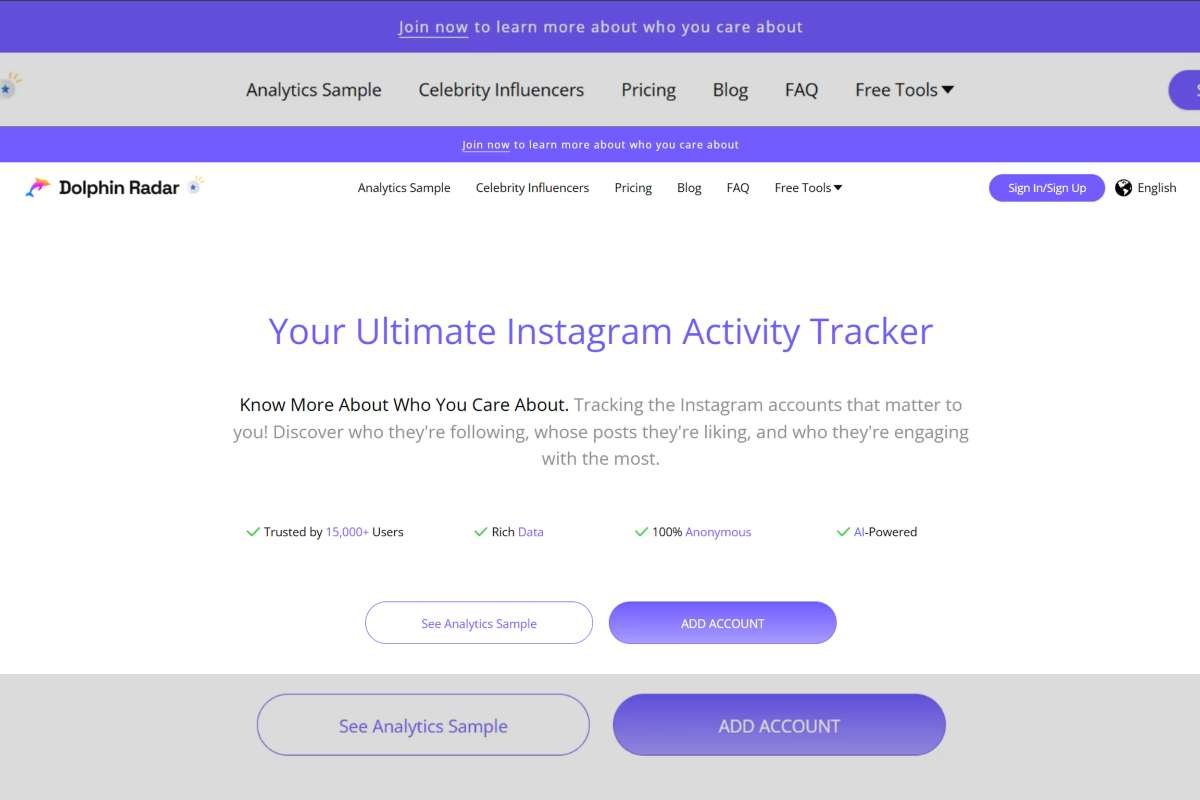Creating a structured content strategy is key for brands looking to rank higher in search results. An effective yet often overlooked tactic is developing a website topical map – a visual guide mapping out connections between core and supporting content topics.
In this post, we’ll break down what exactly a topical map entails, why it’s valuable for SEO, how to organize topical maps for SEO content and tips for implementation to drive organic growth. Let’s dive in to learn how proper topical mapping can elevate your search visibility through informed content planning.
Understanding Topical Maps for SEO
Before mapping your website’s informational landscape, it helps to level-set on what exactly a topical map aims to accomplish.
What is a Topical Map?

A topical map is a conceptual diagram organizing a brand’s site content into broader subjects and subtopics layered based on relevance. The map establishes connections between pillar content centered around core topics and supporting articles providing deeper exploration of specific related themes.
Structuring a site’s information architecture through an SEO topical map supports visitors quickly finding the educational content most relevant to their interests. It also aids search bots in understanding page relationships, improving ability to match visitor intent with pertinent content during queries.
The Importance of Topical Maps for SEO
So why invest time creating a content topical map in addition to just publishing great articles? Topical mapping offers several search optimization and traffic growth benefits.
First, it identifies content gaps to create based on searcher demand so you can better attract visitors researching missing topics. Expanding your site’s informational footprint also provides more landing options during browsing to reduce exit rates.
Additionally, interlinking related content through a topical cluster model strengthens page authority. When pages link out to contextual resources also hosted on your domain, search algorithms gain clearer signals on the breadth and depth of your expertise.
Informed topical mapping also prevents content cannibalization. By clearly defining one piece of pillar content per core subject to avoid splitting authority needlessly or confusing search bots through duplicate themes.
How to Create Topical Maps for SEO?
Now that we’ve covered the value of developing a topical map, let’s explore best practices for organizing one tailored to your brand’s content needs.
1. Researching and Selecting Core Topics
Start by brainstorming an expansive list of potential topics aligning with your products, services and industry. Conduct keyword research using tools like SEMrush, Moz and Google’s Keyword Planner to reveal high-demand subjects and conversation drivers ideal for targeting.

Assess past content performance and existing pages already published on your site as well. Identify both well-performing pieces to refresh alongside noticing content gaps missing based on current search trends.
Also incorporate branded keywords so searches including your company name connect with relevant pages you want associated with the brand. This expands visibility for reputation management.
2. Grouping and Organizing Subtopics
With a master list of core topics in hand, start grouping these into buckets around broader themes. Search for logical intersections organizing micro-subjects into coherent clusters aligned under one overarching category.
These intersections become navigational hub pages useful as both standalone destinations and bridges between other pages. For example, an e-commerce retailer may group product care, sustainability and customer service articles under a “Shopping Experience” hub category based on contextual connections.
Proper grouping allows creating pillar content around each macro-subject while still targeting micro-subjects individually through supportive subpages. Develop 2-5 subtopics per core content area, recognizing searchers engage both broad and precise themes.
3. Crafting Pillar Content and Subtopic Articles
With your site map architecture drafted, shift focus towards developing content. Prioritizing subjects data confirms they have high search volume and commercial intent first. Consider gaps between existing pages and map outreach as well.
Craft visually compelling, lengthy pillar content around each core topic to become go-to resources. Integrate multimedia like images, infographics and video to create engaging hubs searchers bookmark and revisit often when exploring your niche.
Ensure pillar articles link out contextually to supportive subtopic pages for deeper exploration of narrower subthemes. This trains search algorithms on informational hierarchies while offering readers next-step discovery pathways.
Creating quality content at scale can be challenging without the right tools. That’s why using AI writing capabilities can accelerate content production aligned to any site’s topical map. PopAi comes with an advanced natural language model that allows to draft content around chosen topics fast, which human writers can then refine before publishing.
Remember no two articles should compete in targeting the exact same keyword themes. Each piece should have a distinct primary and secondary focus in terms of topical targeting.
4. Implementing an Effective Linking Strategy

With fresh content published across core topics and subcategories, ensure proper linking for optimal discovery. Interlink contextually relevant pages to reinforce informational connections while embedding target keywords naturally within anchor text.
Link pillar content focusing on macro-subjects to key landing pages like service and product category directories. Connect subtopic posts offering specific explorations back to parent hubs for navigational breadcrumbs.
Analyze site analytics to notice where visitors exit without clicking through to additional resources. Enhance on-page calls to action to fuel further on-site browsing for organic reach expansion.
Conclusion
Developing structured topical maps for SEO fuel-informed targeting through intentional content grouping and linking. Take time to research core subjects and micro-topics before drafting pillar and sub-pillar articles accordingly. Focus on making connections between individual posts clear both for site visitors and search engine bots crawling pages.
Remember topical mapping is an evolving process as new themes emerge over time for targeting. Revisit search data quarterly to identify developing trends worthy of new content for staying discoverable by evolving audiences.


















